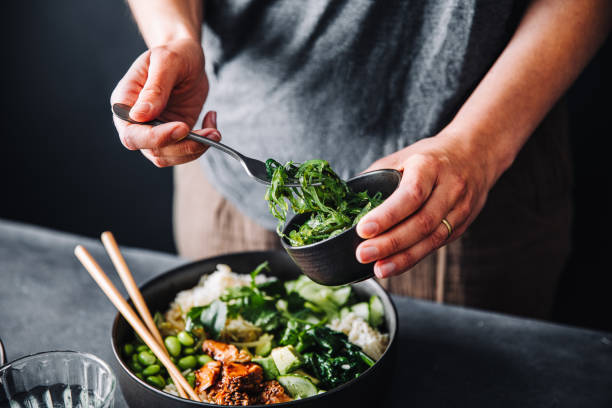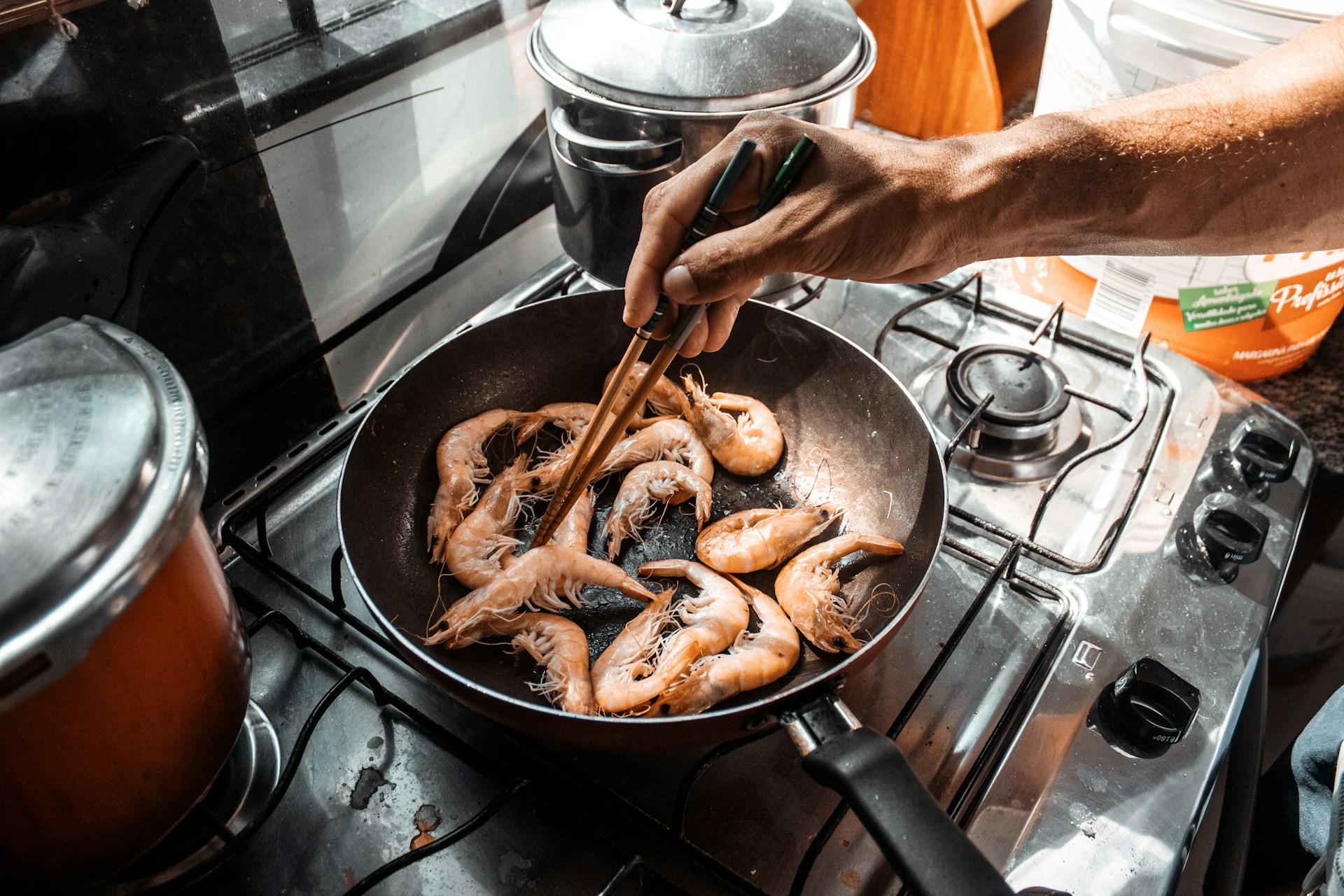Asian Food: A Guide to Popular Cuisine, Street Food, and Noodles
Asian food brings together a huge range of flavors, ingredients, and cooking traditions from across the continent. From fragrant curries and delicate dim sum to sizzling street food stalls and bowls of comforting noodles, the term covers thousands of regional specialties shaped by history, climate, religion, and local agriculture. This guide outlines key features of Asian cuisine and practical ways to find and enjoy it in your area.

What defines Asian food today?
Asian food is not a single style but a family of culinary traditions that share some common traits: an emphasis on fresh ingredients, balanced flavors (sweet, salty, sour, bitter, and umami), and techniques like stir-frying, steaming, and slow braising. Staples often include rice, noodles, soy products, seafood, and an abundance of vegetables and herbs. Spices and fermented condiments—such as soy sauce, fish sauce, miso, and chili pastes—provide a distinctive depth and complexity to many dishes.
Regional history and trade routes heavily influence how ingredients are used. For example, noodle cultures flourished where wheat or buckwheat was common, while rice-centered diets dominate in southern and southeastern parts of Asia. Religious practices, colonial histories, and migration also created fusion styles—think Indo-Chinese, Japanese-Peruvian, and Southeast Asian curries adapted to local tastes.
How diverse is Asian cuisine?
Diversity in Asian cuisine is enormous: East Asia features Japanese, Korean, and Chinese regional cuisines; Southeast Asia includes Thai, Vietnamese, Malaysian, Indonesian, and Filipino traditions; South Asia covers Indian, Pakistani, Bangladeshi, Nepali, and Sri Lankan foods; Central and West Asia bring Persian, Turkish, and Arab influences. Each of these areas contains many sub-regional styles and local specialties, shaped by climate, available produce, and cultural exchange.
This diversity means “Asian food” at a local restaurant can vary widely in flavor and technique. Understanding a cuisine’s regional roots helps set expectations—Sichuan dishes are known for bold peppercorn heat, while Vietnamese cuisine often focuses on bright herbs and light broths. Exploring different regions opens up new ingredient combinations and textures that make discovering Asian food so rewarding.
Why is street food so popular across Asia?
Street food plays an essential role in Asian food culture because it offers affordable, immediate, and regionally distinctive eating experiences. Street vendors specialize in a few items prepared quickly—skewers and grilled meats, dumplings, rice bowls, noodle soups, and fried snacks—allowing locals and visitors to sample authentic flavors without a formal dining setting. The communal, casual nature of street food fosters social eating and helps preserve traditional recipes.
Many iconic dishes originated as street food: bao and jianbing in China, satay in Southeast Asia, takoyaki in Japan, and golgappa/pani puri in South Asia. Street food often showcases local produce and seasonality, and vendors refine techniques through daily repetition, producing deeply ingrained regional specialities that are both accessible and intensely flavorful.
What makes Asian noodles distinctive?
Noodles are a foundational element across much of Asia, and they come in countless shapes, sizes, and ingredients—wheat, rice, buckwheat, mung bean, and even sweet potato starch. Preparation methods vary from simple boiling and tossing with sauce to elaborate stir-fries and slow-simmered broths. Texture is a key differentiator: some cuisines prize springy, al dente strands, while others favor soft, silky rice noodles.
Noodle dishes also adapt to local tastes: pho from Vietnam is a clear, aromatic broth with rice noodles and herbs; ramen in Japan focuses on rich, umami-driven broths and layered toppings; in China, hand-pulled or knife-cut noodles appear in both dry-seasoned and soup-based formats. Noodles often serve as a canvas for regional sauces, spices, and proteins, making them an accessible entry point to a wide range of Asian culinary styles.
How to enjoy Asian food in your area?
Finding authentic Asian food locally involves mixed strategies: seek out neighborhood restaurants run by families from specific regions, visit markets and grocery stores specializing in Asian ingredients, and explore street food-style vendors at festivals or food halls. Look for places that prepare dishes from scratch rather than relying on prepackaged sauces, and check menus for regional specificity—terms like “Hunan,” “Hyderabadi,” or “Hokkien” often indicate a more focused culinary tradition.
If you want to cook at home, start with a few reliable pantry ingredients—rice, soy sauce, a neutral oil, garlic, ginger, and a key fermented condiment such as fish sauce or miso—and try simple recipes like stir-fries, noodle bowls, or a basic curry. Local services such as cooking classes and guided food tours can provide hands-on exposure to techniques and ingredients, helping you gain confidence and deeper appreciation of regional differences.
Conclusion
Asian food encompasses a vast, constantly evolving set of culinary traditions, from street food stalls to refined restaurant dishes, united by an emphasis on balance, freshness, and regional identity. Whether you’re drawn to spicy curries, delicate dumplings, or hearty noodle bowls, exploring the variety within Asian cuisine rewards curiosity and a willingness to try new textures and flavor combinations. Local markets, family-run restaurants, and learning to cook a few staples at home are reliable ways to experience the depth and diversity of these vibrant food cultures.




